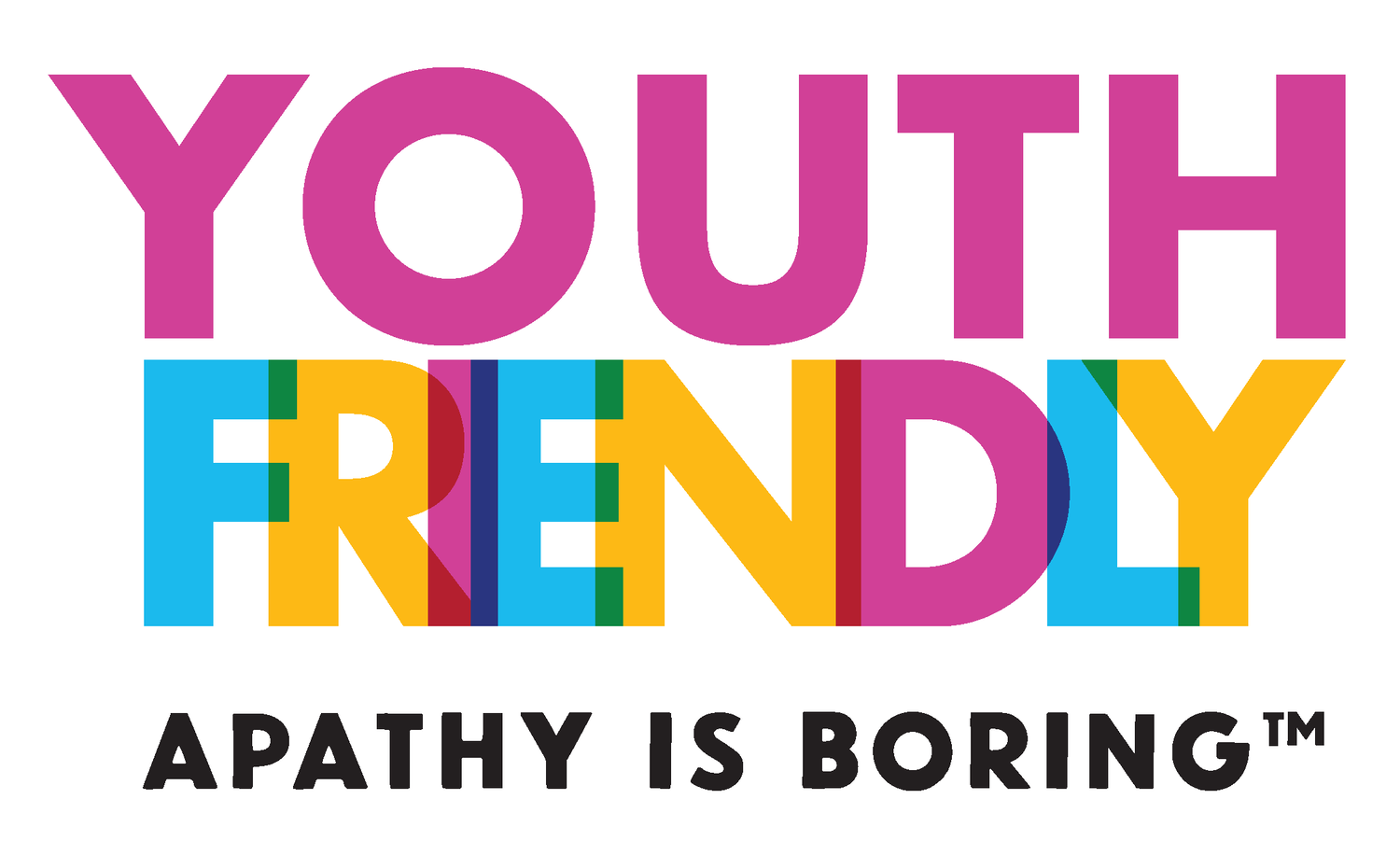How To Meet Access Needs Through Outreach
Apathy is Boring’s RISE C6 Retreat in Montreal, Helena Valles
Despite well-intentioned efforts, organizations sometimes go about engaging young people in the wrong way. Whether it’s by talking down to youth or coming across as ingenuine with grandiose claims of inclusivity, young people can tell when your organization is not as youth-friendly as it claims to be. One of the biggest giveaways? A lack of accessibility.
When trying to get youth involved in your organization, it’s crucial that your outreach meets accessibility needs so that all young people see that they are welcome. But first, let’s expand on what we mean when we talk about access needs.
What are access needs?
Anything a person requires in order to fully participate in their environment or community can be considered access needs. They can be physical or emotional and may require changes to the standard practices of your organization. Remember, all access needs are valid and must be respected.
Access needs are not the same for everyone, and they don’t just apply to people who have disabilities. In fact, everyone has access needs, even though they might not realize it. For example, if you wear glasses to read or require a quiet environment to write, those are situational accessibility requirements that you need to successfully go about your day.
Here are some ways to ensure you’re meeting access needs when trying to connect with young Canadians.
Make your communication accessible.
Whether it’s through social media posts, text on your website or visuals like photos and videos, your digital communication should reach as many people as possible. In social media spaces, for instance, this means adding alt text to your images and subtitles to your videos. If you’re streaming a live event, having real-time captions on screen or a sign language interpreter present shows that you care about people who have hearing impairments. Make sure you’re thinking about how your message can reach everyone — not just able-bodied, neurotypical people.
When it comes to the content of your communication, be mindful of the impact language can have. Because we’re living in an ableist society, often our choice of language is harmful to people with disabilities without us even realizing it. There are plenty of online resources available to act as a guide for how to be mindful of language when addressing people with disabilities. Do your own research before calling on people with disabilities to educate you.
Make representation a priority.
Show people with visibile disabilities in photographs, infographics and other visuals on your website and in social media. Simply having representation makes such a difference in how safe people feel to enter or engage with your organization. But at the same time, make sure your representation is genuine. If your organization is not actually diverse, and you’re simply making it seem that way to outsiders, you’re tokenizing and thus exploiting the few people in your community who have disabilities. To learn more about tokenism and how to avoid it when working with youth, read our guide.
Demonstrate that your policies are inclusive.
Representation is important, but it doesn’t mean much if your organization is not set up to accommodate people with disabilities. To make sure the young people with disabilities navigating your spaces are safe, you have to first acknowledge that if you’re someone who doesn’t have a disability, there’s a lot you probably don’t know. Luckily, there are experts out there who specialize in making spaces safer for people with disabilities. For starters, you could hire or work with an inclusion coordinator to ensure your organization is ready to meet the needs of community members with disabilities. You could also consult the disability community directly by holding focus groups and paying participants to share feedback on how to make your organization accessible.
Remember...
These tips are important to keep in mind, but they are not all-encompassing. Being inclusive and fostering a safe space for youth who are not able-bodied or neurotypical is a process that requires growth and learning. Organizations and institutions that take advantage of the learning opportunities in actively engaging youth are those who will ultimately benefit the most from young people’s unique talents and visions. When everyone feels welcome, we all win.

